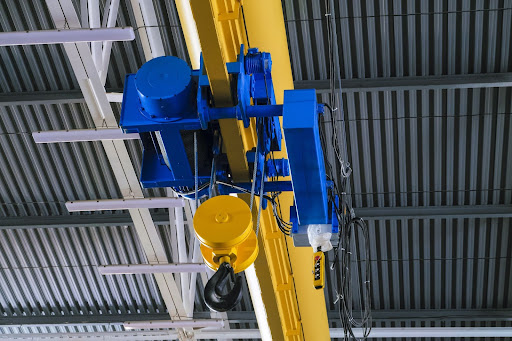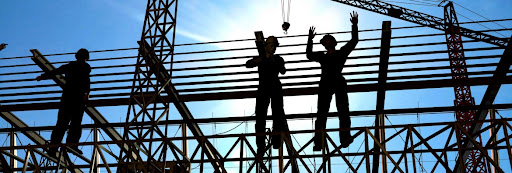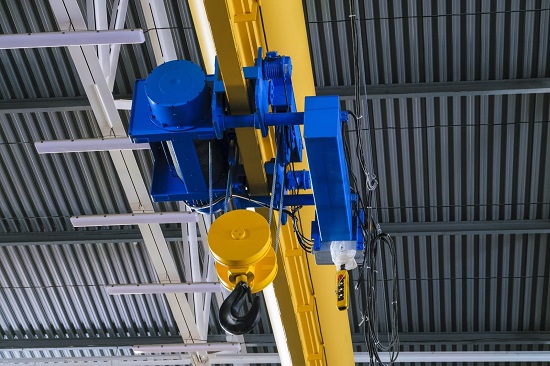 Overhead cranes are a common sight on manufacturing floors across the country. But, many people don’t fully understand this heavy equipment’s full value and utility. We recently sat down with Tennessee-based Integrity Crane and Hoist representatives to learn a little more about overhead crane systems.
Overhead cranes are a common sight on manufacturing floors across the country. But, many people don’t fully understand this heavy equipment’s full value and utility. We recently sat down with Tennessee-based Integrity Crane and Hoist representatives to learn a little more about overhead crane systems.
Q: What type of applications are an overhead crane and hoist system useful for?
Integrity Crane and Hoist: There are many different reasons that a business might use an overhead crane. They are most often found in industrial settings in an assembly line, transportation department, warehouse, loading and unloading dock, or packaging station. They can be located in a single spot or designed to move about the building.
Q: Which industries most often use an overhead crane and hoist system?
Integrity Crane and Hoist: Manufacturing, construction, steel mills, distribution, mining, food processing, gas and petroleum, beverage plants, and automotive plants are the most common. In a manufacturing environment, a crane moves large and cumbersome pieces from one department or location to another. In construction, you might see an overhead crane lifting beams as a building goes erect. For mining, an overhead crane and hoist would be used to transport gravel, coal, ore, or other material from the mine or mining equipment to another location. Beverage and automotive plants deal with heavy materials and supplies. Instead of utilizing manpower, these types of businesses use cranes.
Q: What is the primary purpose of using a crane?
Integrity Crane and Hoist: Safety is the number one reason that businesses use cranes. However, they also create a more efficient work environment, and cranes can free up floor space from large items and materials being transported through a warehouse.
Q: What are some common bits of terminology that someone new to the manufacturing or construction industry might need to know about overhead cranes?
Integrity Crane and Hoist: Overhead crane and hoist systems are built of many different components, including the girder, end truck, and trolley. You might also hear terms, such as axial load, drag brake, running speed, and span, thrown around in any of these settings. Our best advice for anyone thinking about a career in an industry that utilizes a crane and hoist system is to ask lots of questions and, if possible, receive professional training on the equipment.
For more information about Integrity Crane and Hoist, visit the company online at Integrity-Crane.com.
 While companies using cranes for years are fairly well-versed in their upkeep and maintenance, Integrity Crane And Hoist says that it takes time to fully get up to speed on the process. Many new crane owners are not, and they have lots of questions. Today, the experts from ICH answered a few of these for the absolute beginner.
While companies using cranes for years are fairly well-versed in their upkeep and maintenance, Integrity Crane And Hoist says that it takes time to fully get up to speed on the process. Many new crane owners are not, and they have lots of questions. Today, the experts from ICH answered a few of these for the absolute beginner.